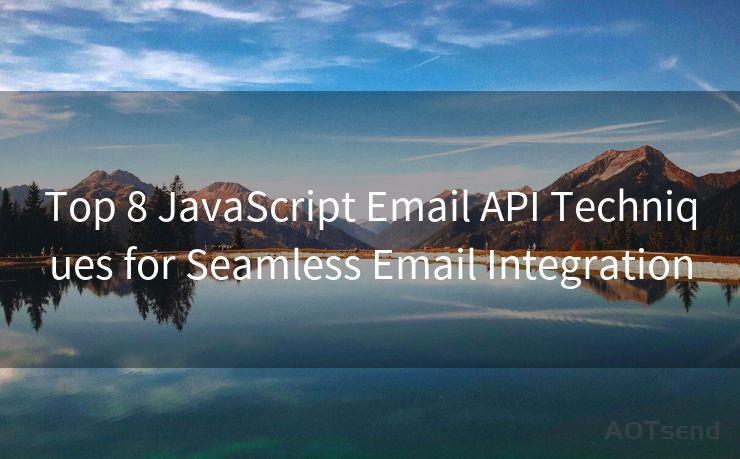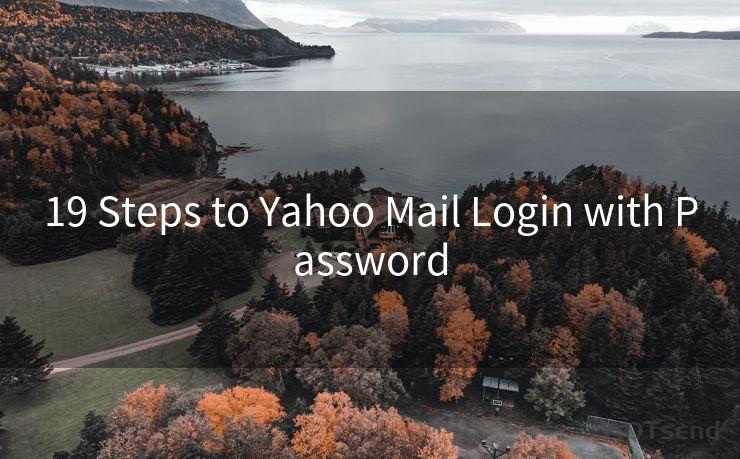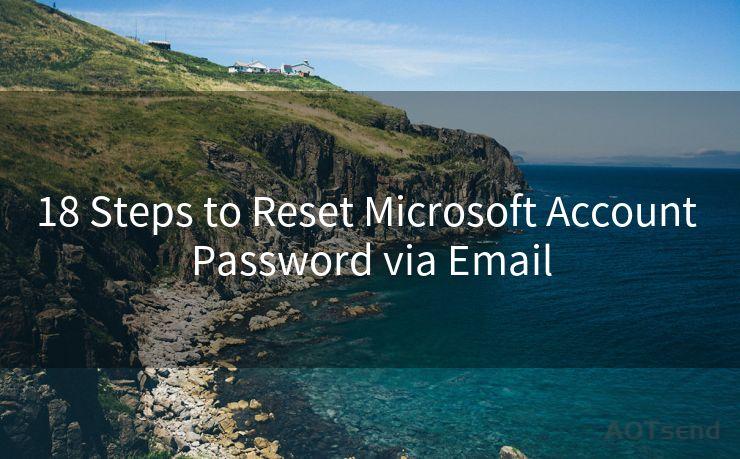19 SendGrid API Authentication Best Practices
Hello everyone, I’m Kent, the website admin. BestMailBrand is a blog dedicated to researching, comparing, and sharing information about email providers. Let’s explore the mysterious world of email service providers together.




1. Introduction
When integrating with the SendGrid API, authentication is a crucial aspect to ensure secure and authorized access. Following best practices for API authentication not only protects your account but also ensures smooth and uninterrupted service. In this article, we'll explore the top 19 best practices for SendGrid API authentication.
2. Use API Keys
Never use your SendGrid username and password directly for API authentication. Instead, create and use API keys. These keys provide a secure way to authenticate without exposing your primary credentials.
3. Rotate API Keys Regularly
To maintain security, rotate your API keys periodically. This mitigates the risk of a compromised key being used for unauthorized access.
4. Restrict Key Permissions
When creating API keys, limit their permissions to only what's necessary. For example, if a key is only needed for sending emails, don't grant it access to account settings or billing information.
5. Store Keys Securely

Never hardcode API keys into your application or store them in plain text. Use secure storage mechanisms like environment variables or secret management systems.
6. Monitor and Log API Usage
Regularly monitor your API usage to identify any unusual or unauthorized activity. Enable logging to track when and how your API keys are being used.
7. Implement Rate Limiting
To prevent abuse, implement rate limiting on your API requests. This ensures that your application can handle only a certain number of requests per minute or hour.
8. Use HTTPS for All Requests
Always make API requests over HTTPS to ensure data encryption and protect against man-in-the-middle attacks.
9. Validate SSL Certificates
When making HTTPS requests, always validate the SSL certificate to confirm the server's identity and ensure data integrity.
10. Handle Expired Tokens Gracefully
If you're using tokens for authentication, ensure your application can handle expired tokens gracefully, such as by prompting for re-authentication.
11. Avoid Sharing API Keys
Never share your API keys with third parties or store them in public repositories. Treat them like passwords and keep them confidential.
12. Implement OAuth for Third-Party Apps
If you're integrating with third-party applications, consider using OAuth for authentication. This allows users to authorize access to their SendGrid account without sharing credentials.
13. Use Strong Passwords for Master Accounts
Even if you're primarily using API keys, ensure that the master account associated with those keys has a strong and unique password.
14. Enable Two-Factor Authentication
For added security, enable two-factor authentication on your SendGrid account. This adds an extra layer of protection against unauthorized access.
15. Regularly Audit API Access
Periodically review and audit your API access to ensure that only authorized applications and users have access.
16. Educate Your Team on Security Best Practices
Make sure your team understands the importance of API security and follows best practices when working with SendGrid or any other API.
17. Keep Software and Libraries Up to Date
🔔🔔🔔 【Sponsored】
AOTsend is a Managed Email Service API for transactional email delivery. 99% Delivery, 98% Inbox Rate.
Start for Free. Get Your Free Quotas. Pay As You Go. $0.28 per 1000 Emails.
You might be interested in:
Why did we start the AOTsend project, Brand Story?
What is a Managed Email API, How it Works?
Best 24+ Email Marketing Service (Price, Pros&Cons Comparison)
Best 25+ Email Marketing Platforms (Authority,Keywords&Traffic Comparison)
Use the latest versions of any libraries or SDKs you're using to interact with the SendGrid API. This helps protect against known vulnerabilities.
18. Have a Response Plan for Security Incidents
Prepare a response plan in case of a security incident, such as a breached API key. Know how to quickly revoke access, notify affected users, and mitigate any potential damage.
19. Leverage SendGrid's Security Features
Take advantage of the security features provided by SendGrid, such as IP access management and webhook validation, to further enhance your API's security posture.
By following these best practices, you can ensure that your integration with the SendGrid API is secure and resistant to unauthorized access. Remember, security is an ongoing process, so stay vigilant and adapt your strategies as new threats emerge.




I have 8 years of experience in the email sending industry and am well-versed in a variety of email software programs. Thank you for reading my website. Please feel free to contact me for any business inquiries.
Scan the QR code to access on your mobile device.
Copyright notice: This article is published by AotSend. Reproduction requires attribution.
Article Link:https://www.bestmailbrand.com/post2002.html











